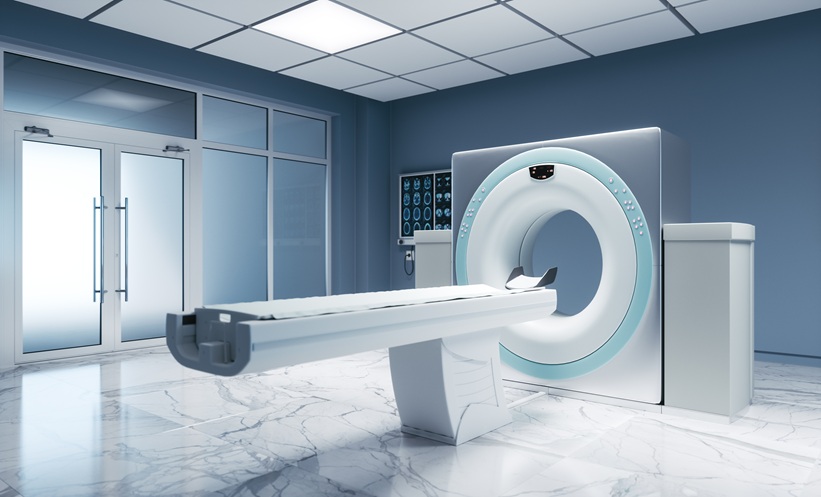MULTIPARAMETRIC magnetic resonance imaging (mpMRI) is currently considered the gold standard in diagnosing clinically significant prostate cancer, often used with or without biopsy. However, this method requires gadolinium-based contrast, which adds time, cost, and resource burden, limiting its accessibility in many health systems. A new international trial has investigated whether a shorter, cheaper alternative, biparametric MRI (bpMRI), which omits the contrast sequence, could perform just as well in detecting clinically significant disease.
The study was a prospective, multicentre, within-patient, noninferiority trial involving 490 biopsy-naive men across 22 centres in 12 countries. Participants had suspected prostate cancer based on elevated prostate-specific antigen (PSA) levels or abnormal digital rectal examinations. Each man underwent both bpMRI and mpMRI, with radiologists first reporting the biparametric images while blinded to the dynamic contrast–enhanced sequence, before assessing the full multiparametric scan. If either suggested significant cancer, a targeted biopsy was performed, with or without systematic biopsy.
Results showed that bpMRI was noninferior to mpMRI for detecting clinically significant prostate cancer, defined as Gleason Grade Group 2 or higher. The difference in detection rates was minimal: 29.2% with bpMRI compared to 29.6% with mpMRI, a difference of –0.4 percentage points. Rates of detection for clinically insignificant cancers were also almost identical between the two methods. Importantly, scan quality was high, with 99% of images deemed diagnostically adequate.
The findings suggest that bpMRI could feasibly replace mpMRI as the standard imaging approach for prostate cancer diagnosis, provided that image quality is assured. This shift could have wide-reaching implications. With an estimated four million prostate MRIs performed worldwide each year, adopting bpMRI would significantly reduce costs, shorten scan times, and increase scanner throughput—offering efficiency gains for overstretched health systems without compromising diagnostic accuracy.
Reference
Ng ABCD et al. Biparametric vs Multiparametric MRI for Prostate Cancer Diagnosis: The PRIME Diagnostic Clinical Trial. JAMA. Published online September 10, 2025. doi:10.1001/jama.2025.13722







